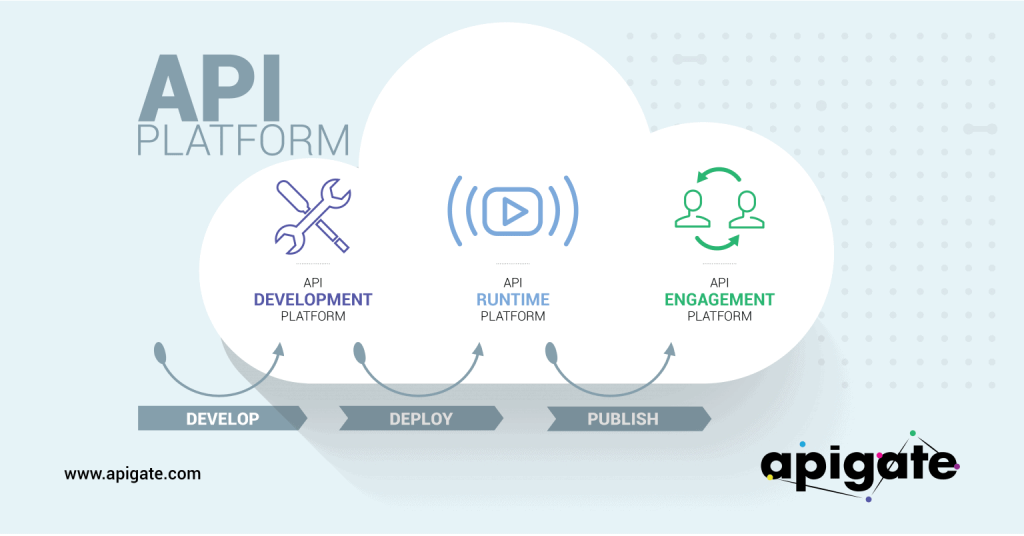Gone are the days of the supplier dictating almost any aspect of the market. The tech boom has given a voice to the voiceless. The suppliers on all verticals are embracing customer-centric growth strategies. Why? Simple, because they don’t want to lose the race. Here are the days I suppose Mahatma Gandhi’s vision from the ’80s still holds: “He (the customer) is not dependent on us (suppliers), we are dependent on him”.
With this new wave of customer-centric ways of doing business, owning a product became a cliché, really! The businesses which enable services, facilitate, and are the “middlemen” became dominant over product/service owners.
You’d be skeptical if I said this new breed of businesses is more about collaboration than competition, wouldn’t you? Let me bring in some sense with mathematics here.
- The progression of technology is directly proportional to consumers having more platforms/exposure to express their needs.
- The growth of the consumer’s voice is inversely proportionate to the power supplier has to determine market needs.
- The competition between businesses takes a back seat, due to greater exposure of customers’ needs, growing needs of the customer, businesses incapable of meeting a comprehensive set of needs individually.
You know the Lucifer to your business that you fought to do one better? Well these days, these companies are actively looking for aspects where they can collaboratively provide end-to-end services, with increased quality, less cost, and more reach. What if you’re a company that’s extremely resistant to change and will focus on providing customers services on a traditional basis?
Let me paint you a picture. Suppliers, just as customers do, are benefiting from the tech boom. If you’re the sole provider of a world-wide unique service, you’ll survive; UNTIL an entrepreneur’s business idea pops up on kickstarter.com. Brilliant, innovative young minds there with disruptive ideas and skinny jeans are going to adapt to the requirements of today; which you failed to address for over a decade. You’ll have to pack up your company, fold your perfectly tailored suit, and stay home.
My scribble above leads to believe that PaaS (Platform as a Service) is getting revitalized with the business model companies adapting to today. Was I dropped on the head, to suggest they’re dying off, with the title of this blog? It’s a silly play on words you see, I’m specifically discussing API platforms here. Since SOAP API architecture is out and RESTful is the dominating framework, doesn’t “REST in Platform” have a certain lovely twist to it? No? Who’s dropped on the head now?
An API platform is a fused hub of three unique platforms with specific operations.

- API development platform: Provides proven, reusable, and configurable API building blocks to facilitate the development of APIs.
- API run-time platform: Enable the execution of APIs. RESTful APIs that run on the protocol HTTP are available for programmers, apps, and websites to consume.
- API engagement platform: Where the API provider and consumer interact. It’s a repository of API documentation, product catalog, instructions, and other materials pertaining to the relevant API.
If you’ve read any of the blogs that I write, you’ll notice that I’m an Austin Allegro, set down a hill. To understand this, you must know that Allegro’s brakes existed more for decoration than anything. Here, I’m restraining myself from justifying the importance of having an API platform for any industry irrespective of the vertical they operate in. That’s for another blog; said the lovely girl from marketing.


